Affiliate links on Android Authority may earn us a commission. Learn more.
20 Chrome tips and tricks for your Android device
Published onJuly 30, 2022
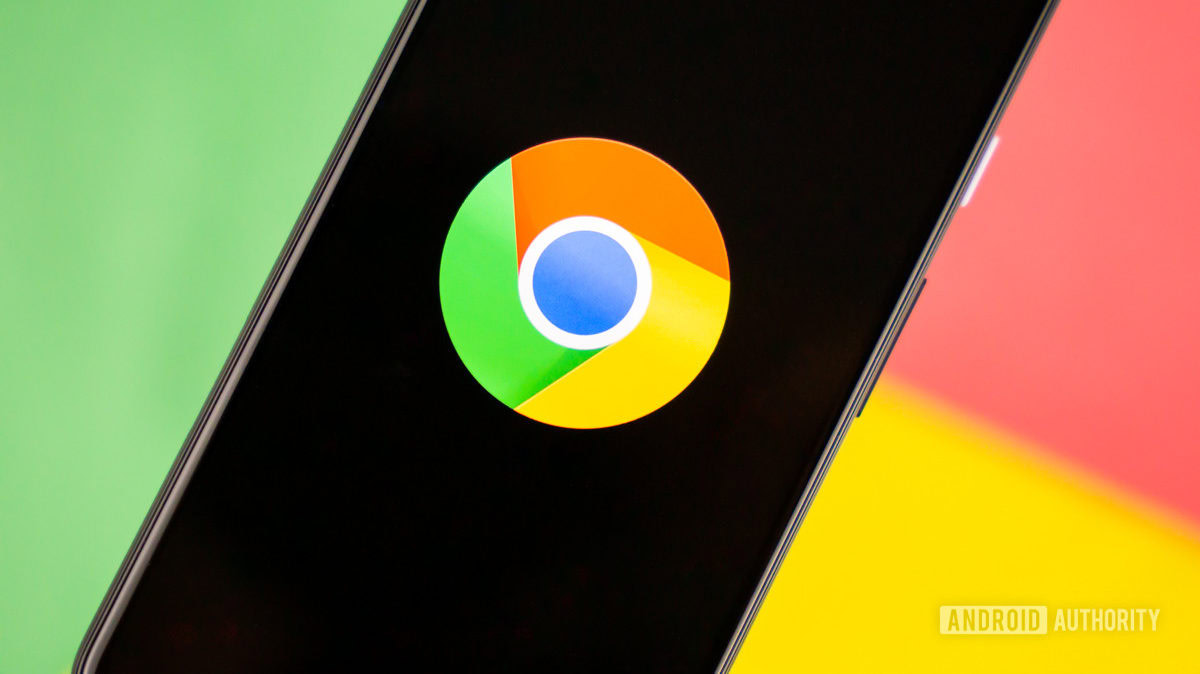
Chrome is the most popular mobile browser, with an incredible 65.16% market share as of July 2022. This comes as no surprise considering the browser offers excellent features, speed, and ease of use. Not to mention the fact that it comes pre-installed on Android phones. But even if it didn’t, many go out of their way to use Google’s popular browser.
With this in mind, we wanted to bring some of the coolest Chrome for Android tips and tricks to your attention. While Google’s mobile browser is known for its simplicity, it has plenty of features (both official and experimental) that will improve your experience. These can be surprisingly well hidden, so let’s shed some light on them with these Chrome for Android tips and tricks list.
Chrome tips and tricks:
Editor’s note: We’ll update this list of the best Chrome for Android tips and tricks regularly as new features launch. We used a Pixel 4a 5G running Android 12 for all instructions below. Keep in mind some steps might be a bit different depending on your hardware and software.
Also, some of these tips and tricks require using Chrome flags. Many of these are experimental features. You may encounter some bugs, or the features may not work correctly. Avoid Chrome tips that require editing Chrome flag settings if you don’t feel comfortable taking a risk.
1. Enable dark mode on Chrome for Android
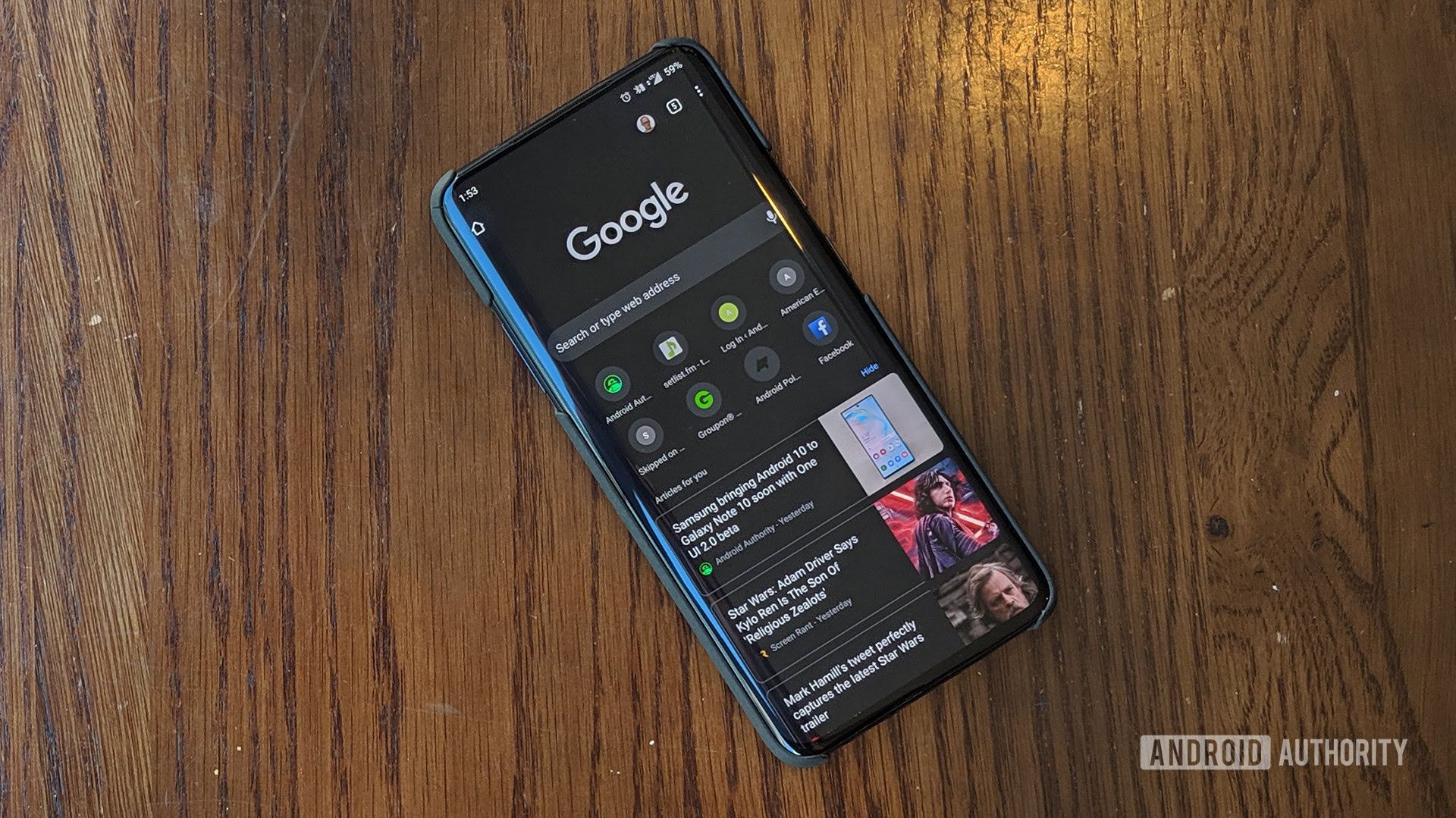
Developers are bringing dark mode to their Android applications, and it comes as no surprise Google is doing the same. Whether you want less strain on your eyes or just like the look of dark mode, it’s easy to change the look of Chrome for Android.
How to switch Dark Mode on:
- Open Chrome.
- Hit the three-dot menu button on the top-right corner of the screen.
- Select Settings.
- Hit Theme.
- Select Dark.
2. Change your homepage to whatever you want
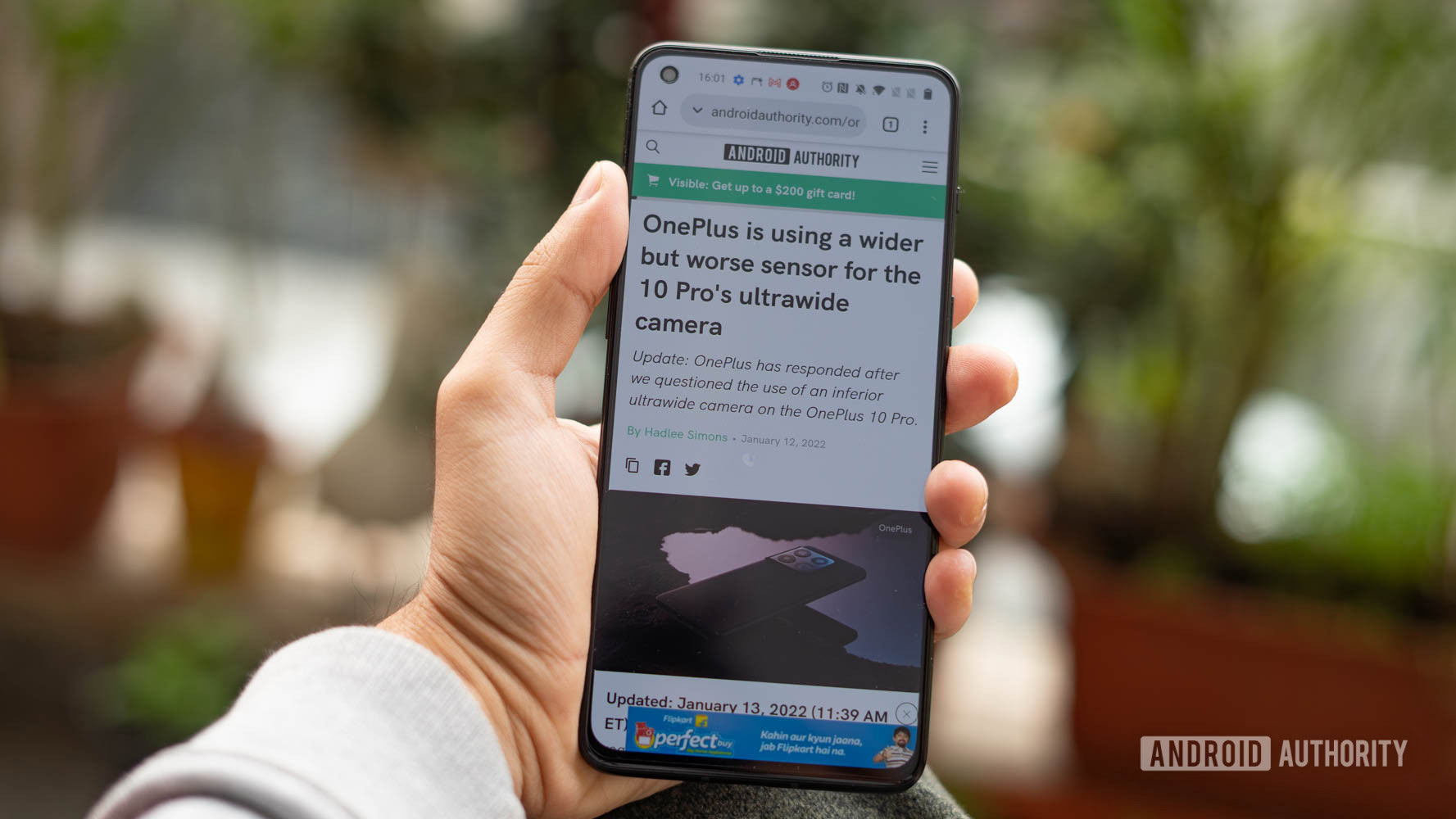
Being automatically redirected to Google’s Chrome page is helpful for most, but some of you might benefit more from changing the homepage. For example, I always check out Android Authority, so I might as well turn that into my homepage. Here’s how you can do that.
How to change your Chrome homepage on Android:
- Open Chrome.
- Hit the three-dot menu button.
- Select Settings.
- Tap on Homepage.
- Make sure the feature is toggled on.
- Under Open this page, select the empty box.
- Input the website you want to turn into your homepage.
Consider this: The best unlimited data plans in the USA
3. Sync bookmarks, passwords, history, and more across devices
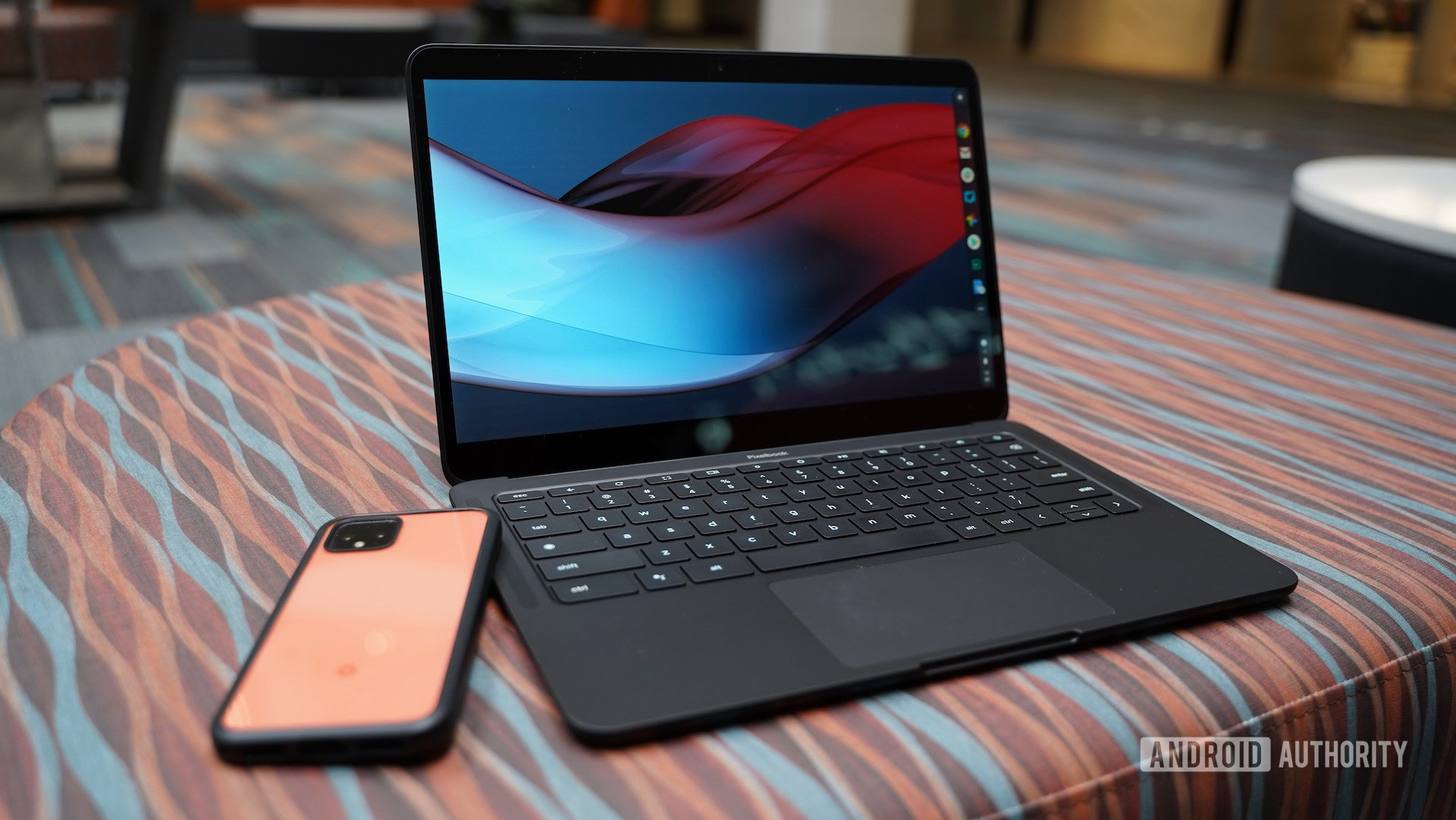
Chrome for Android is all about the internet, and therefore, the cloud. Google makes it possible to sync most of your Chrome data across devices. This includes bookmarks, history, passwords, open tabs, and credit card info. It will also analyze your usage data to provide better predictions.
How to turn on Google Sync on Android:
- Open Chrome.
- Hit the three-dot menu button.
- Select Settings.
- Under You and Google, choose Sign in to Chrome.
- Follow instructions to sign in.
- You can now access Sync and Google services to customize options.
- Go into Sync.
- You can toggle Sync everything on, or you can pick and choose which services and features you want to sync.
More: The best backup apps
4. Preload pages for faster browsing
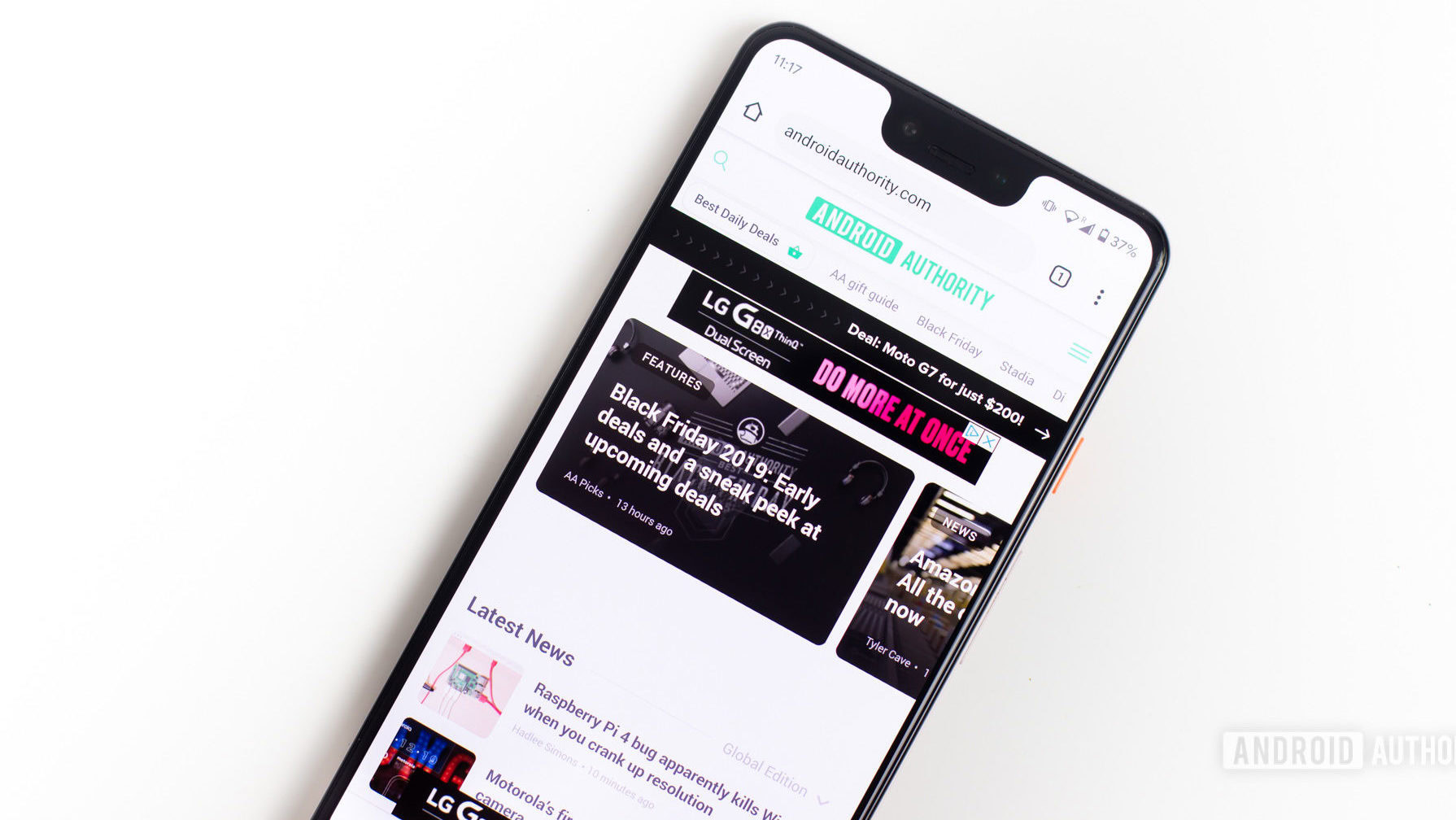
Preloading pages is a Chrome feature that will proactively load sites you are likely to click on. This means a page will often be loaded in the background before you decide to go into it. It makes the whole experience much faster, but it can also waste data you otherwise wouldn’t use. This is not cool if you are on a tight internet budget, but those who don’t mind wasting megabytes will enjoy the added speed.
How to preload pages on Chrome for Android:
- Open Chrome.
- Tap on the three-dot menu button.
- Select Settings.
- Hit Privacy and security.
- Tap on Preload pages.
- You can opt between No preloading, Standard preloading, or Extended preloading.
Also read: How to speed up Chrome for Android
5. Switch your default search engine on Chrome
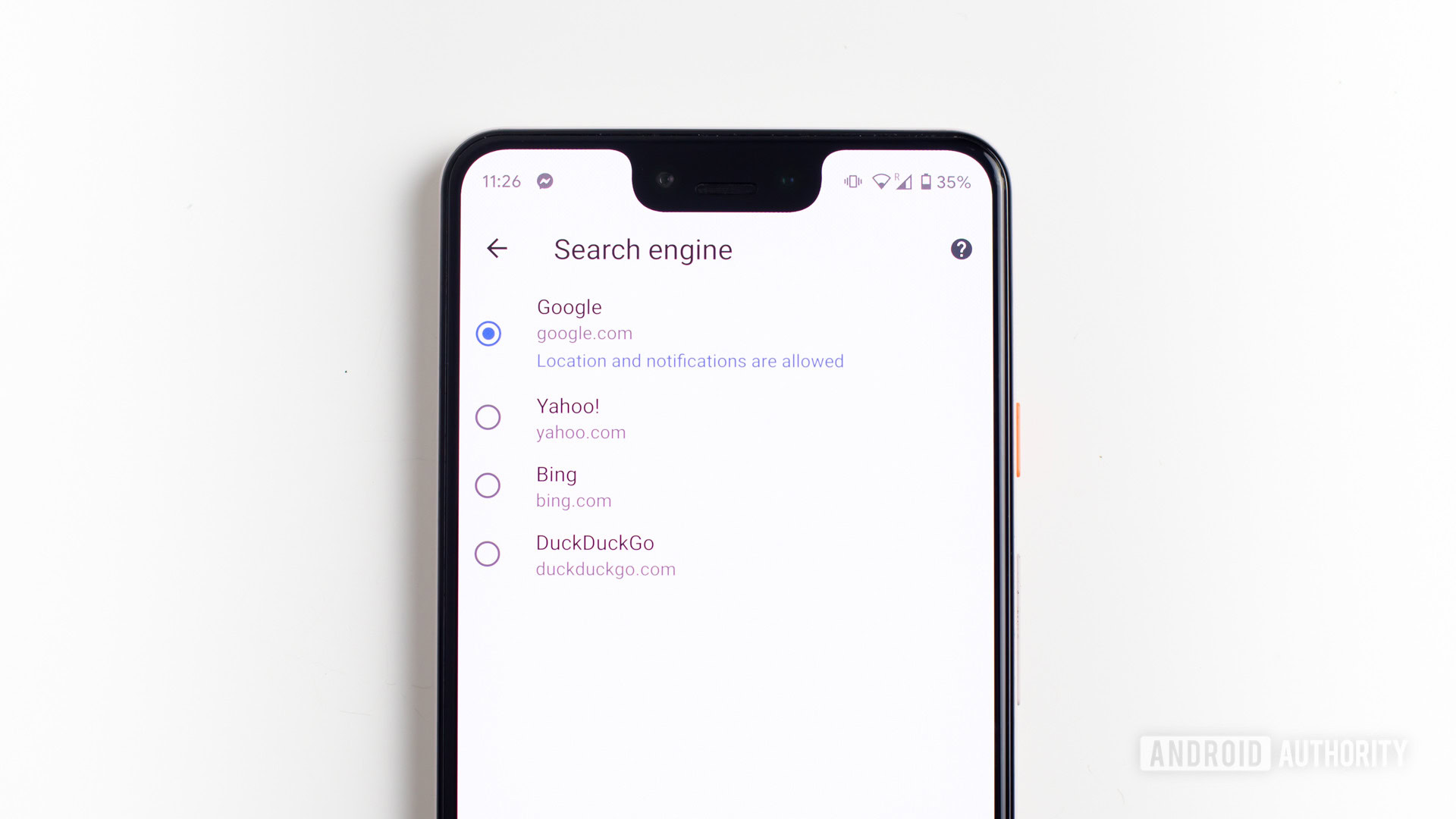
Google is considered the king in its category, but if, for some reason, you want to use another search engine as default, Chrome for Android gives you the option to switch it.
How to switch your default search engine on Chrome for Android:
- Open Chrome.
- Tap on the three-dot menu button in the top-right corner.
- Select Settings.
- Hit Search engine.
- Select your search engine of choice.
Related: Learn more about Android’s gestures
6. Swipe to switch tabs
Something as simple as switching tabs can get annoying when it requires a few taps. Google has simplified the experience; you can switch tabs with a simple gesture. Swipe from side to side in the address bar area. This action will let you seamlessly navigate all your tabs.
See also: How to restore closed tabs on Google Chrome
7. Picture-in-Picture
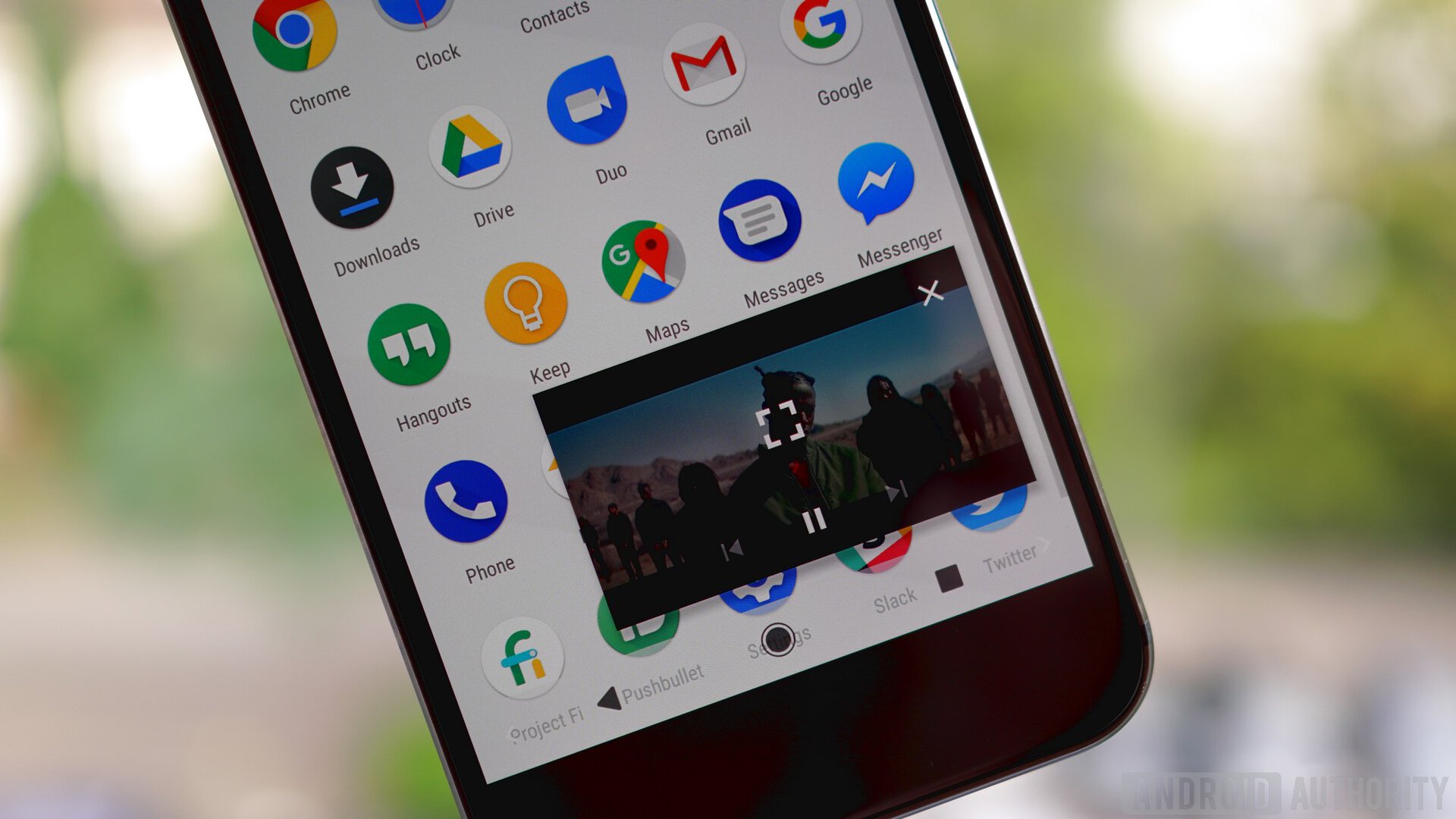
Picture-in-Picture capabilities can make multitasking a breeze, especially when watching a video while using other apps. Taking advantage of this Chrome for Android feature is simple. Just follow these steps.
How to turn on picture-in-picture on Chrome for Android:
- Open your phone’s Settings app.
- Go to Apps.
- Select Special app access.
- Choose Picture-in-picture.
- Tap on Chrome.
- Toggle the Allow picture-in-picture option on.
- Go to any website with a video and play it. Now press the home button, and the video will stay floating around your screen!
8. Enable Tab Groups to keep pages organized
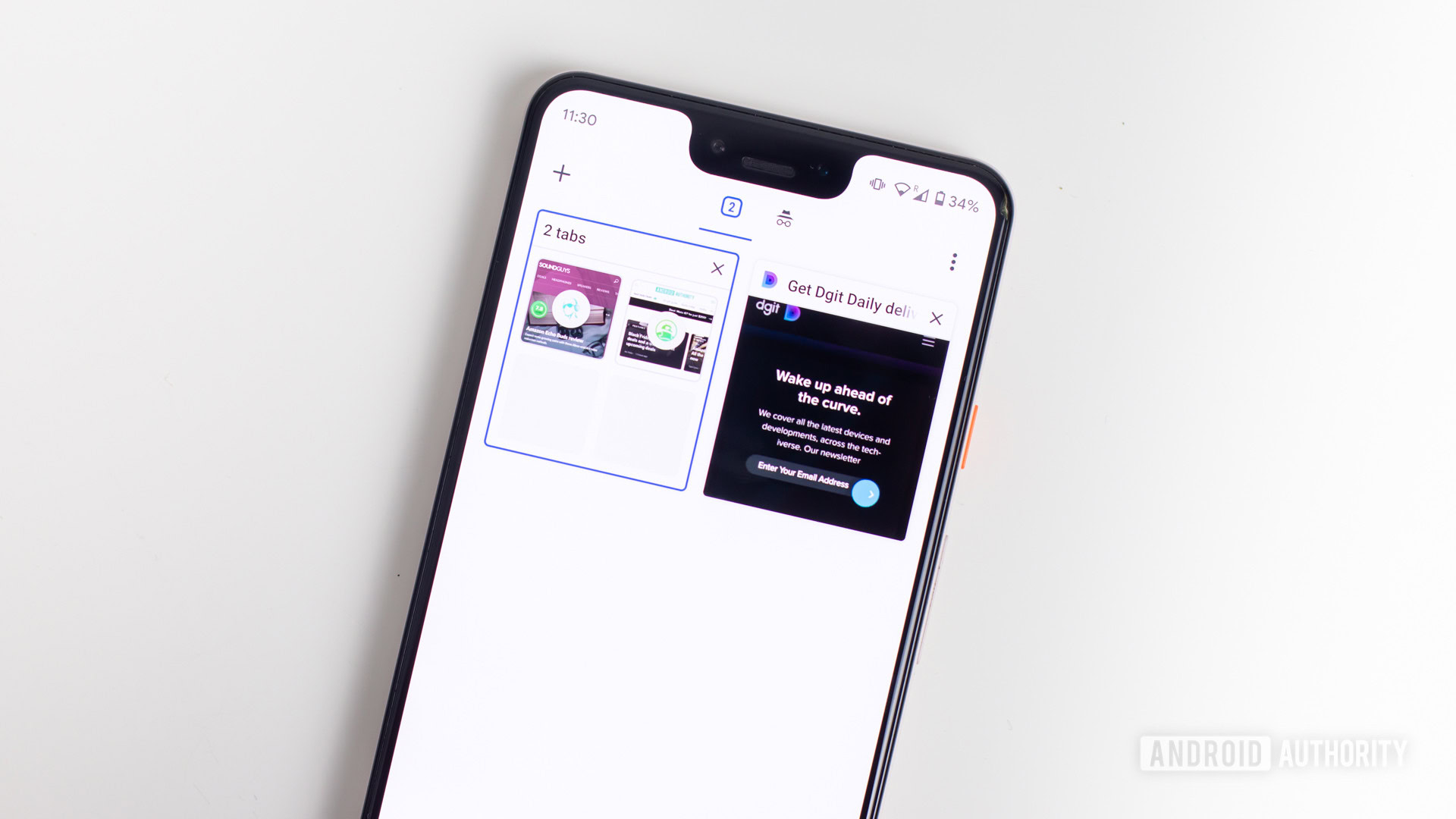
Another convenient feature to keep your tabs better organized is tab grouping. This essentially allows you to make tab folders and keep all your browsing neatly categorized.
How to group tabs on Chrome for Android:
- Open Chrome.
- Hit on the tab selection button in the top-right corner.
- Tap on the three-dot button.
- Select Group tabs.
- Select the tabs you want to group.
- Hit Group.
- Now you can access grouped tabs.
Also read: 10 best Chrome flags to improve your browser
9. Interact with emails, phone numbers, and addresses you see online
It isn’t very pleasant to copy and paste emails, phone numbers, and addresses to use them in other apps. Safari for iOS turns them into links for reaching out to people or navigating. While Chrome for Android still doesn’t have this nifty feature, something similar beats copying and pasting.
Related: How to turn off Google Chrome notification request pop-ups
When you see a phone number, email, or address, long-press it. A floating bar with options will appear. The first one will allow you to use this information with Gmail, the Phone app, or Google Maps.
10. Zoom all the pages
Zooming in and out of websites is not always an option with mobile-optimized pages. This can be an issue if you are dealing with a poorly designed website, looking at something up close, or having vision problems. Chrome for Android makes it possible to force zooming on all pages which prevent this action. Follow these steps and zoom to your heart’s content.
How to force Chrome to enable zoom on all pages:
- Open Chrome.
- Tap on the three-dot menu button in the top-right corner.
- Select Settings.
- Pick Accessibility.
- Check the Force enable zoom box.
11. Kill auto-playing audio
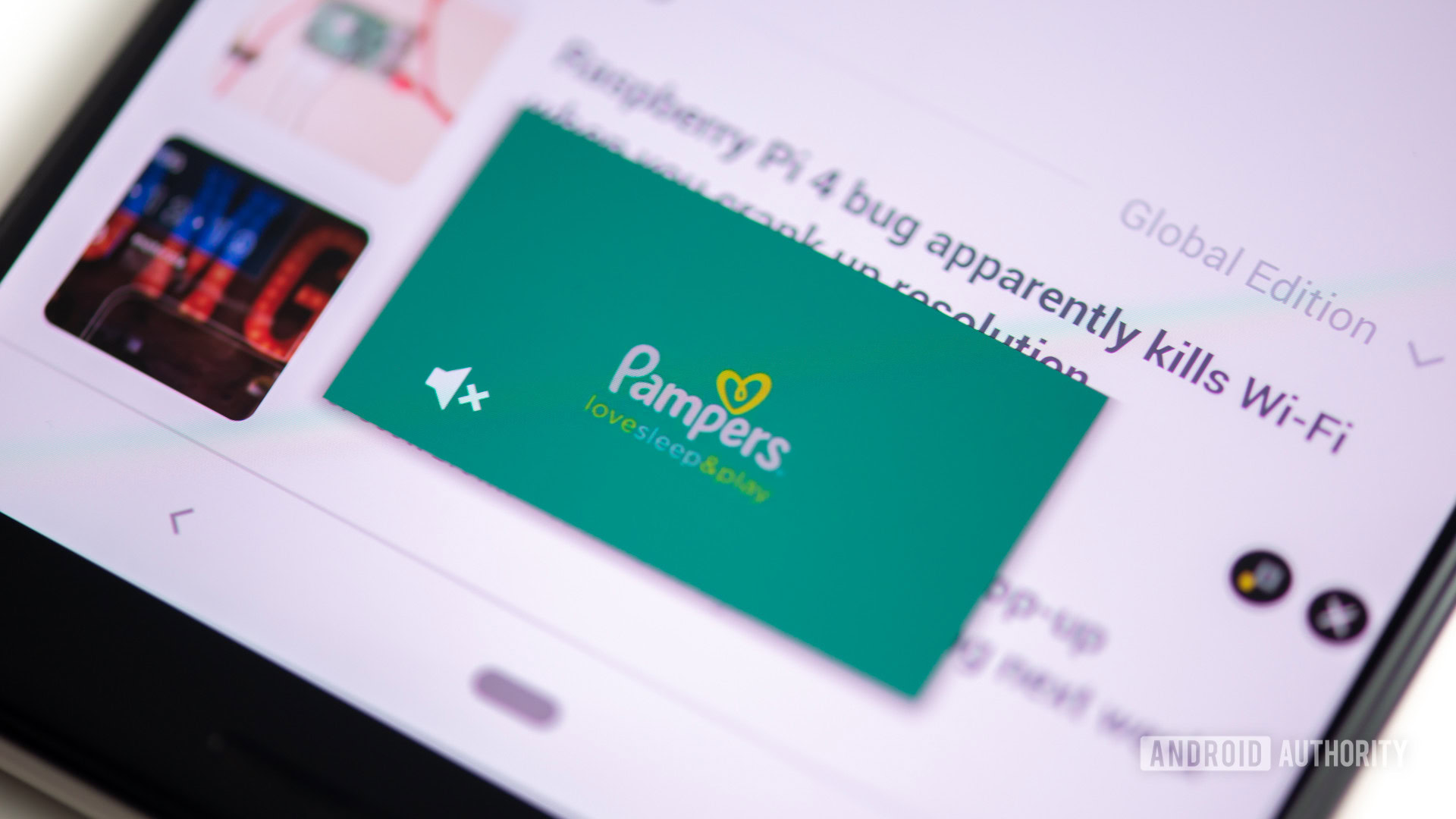
Autoplay can get annoying, especially if what you want is peace. Those of us who frequently visit libraries and other quiet places know the struggle. Thankfully, there is something you can do about it with Chrome for Android. Follow the steps below to disable autoplay.
How to disable auto-playing audio on Chrome for Android:
- Open Chrome.
- Tap on the three-dot menu button in the top-right corner.
- Select Settings.
- Go to Site settings.
- Select Sound.
- Toggle off the Sound option.
12. Speed up downloads with Parallel Downloading
This Chrome for Android trick can be useful when downloading large files. Parallel downloading essentially divides the file into multiple parts for simultaneous downloading. This technique increases overall speeds, making your life less stressful.
How to turn on Parallel Downloading on Chrome for Android:
- Open Chrome.
- Type Chrome://flags into the address bar and press enter.
- Search for “Parallel downloading.”
- When the option appears, tap on the drop-down menu and select Enabled.
Also read: The best Android apps available
13. Add a website shortcut to your home screen
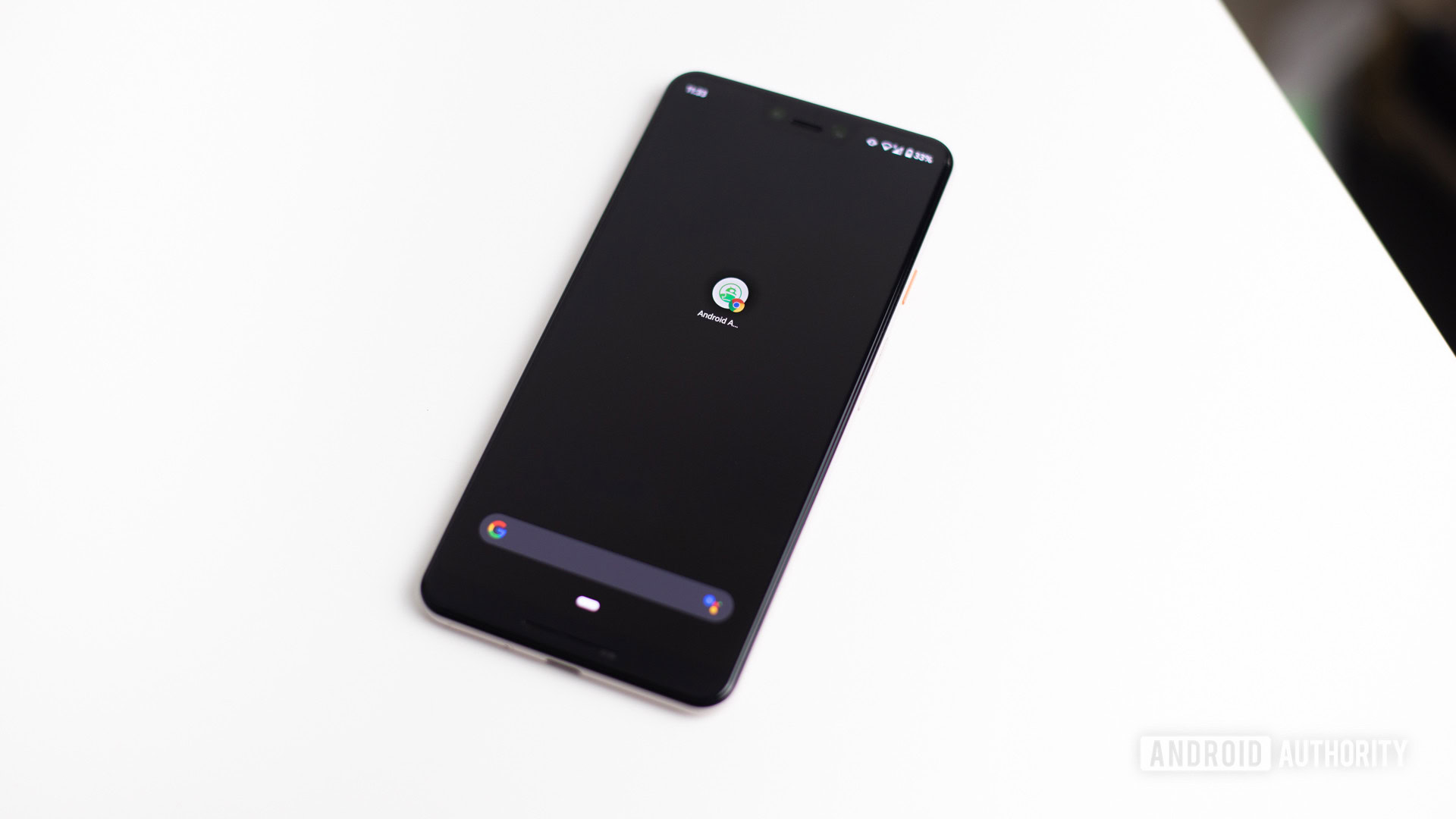
Some websites don’t have apps, or maybe you would rather not use them. Pages and web apps can often work better, and a shortcut on your home screen would be the ideal solution. Chrome for Android makes this possible with a few taps.
How to create a Chrome website shortcut on Android:
- Open Chrome.
- Go to your website of choice.
- Hit the three-dot menu button.
- Select Add to Home screen.
- Type name (or leave the default one) and select Add.
- You can drag and drop the icon where you wish. Alternatively, select Add automatically to let Android do the work.
14. Use Reader Mode to speed up Chrome for Android
Reader mode will simplify a website and provide a cleaner experience for those who want to focus on the text. Images, videos, font variations, and other unnecessary elements will be slashed. This mode can be forced on in the Chrome flags settings.
How to turn on Reader Mode on Chrome for Android:
- Open Chrome.
- Type Chrome://flags into the address bar and press enter.
- Search for “Reader mode triggering.”
- When the option appears, tap on the drop-down menu and select Always.
Also read: The best e-book reader apps for Android
15. Force Dark Mode
You already know how to turn on Dark Mode on Android, but you’ll soon find not all websites support the feature. This is when Google’s sneaky workaround comes into play. There’s a Chrome flag that forces Dark Mode on all pages!
How to force websites into Dark Mode on Chrome for Android:
- Open Chrome.
- Type Chrome://flags into the address bar and press enter.
- Search for “Auto Dark Mode for Web Contents.”
- When the option appears, tap on the drop-down menu and select Enabled.
- Tap Relaunch.
16. Swipe down to refresh a website
This Chrome for Android tip may seem mundane to many, but it is a neat trick not everyone knows. Reloading a page can be done in multiple ways, but the simplest and fastest one is simply performing a long swipe from top to bottom.
17. Request a desktop site on Chrome for Android
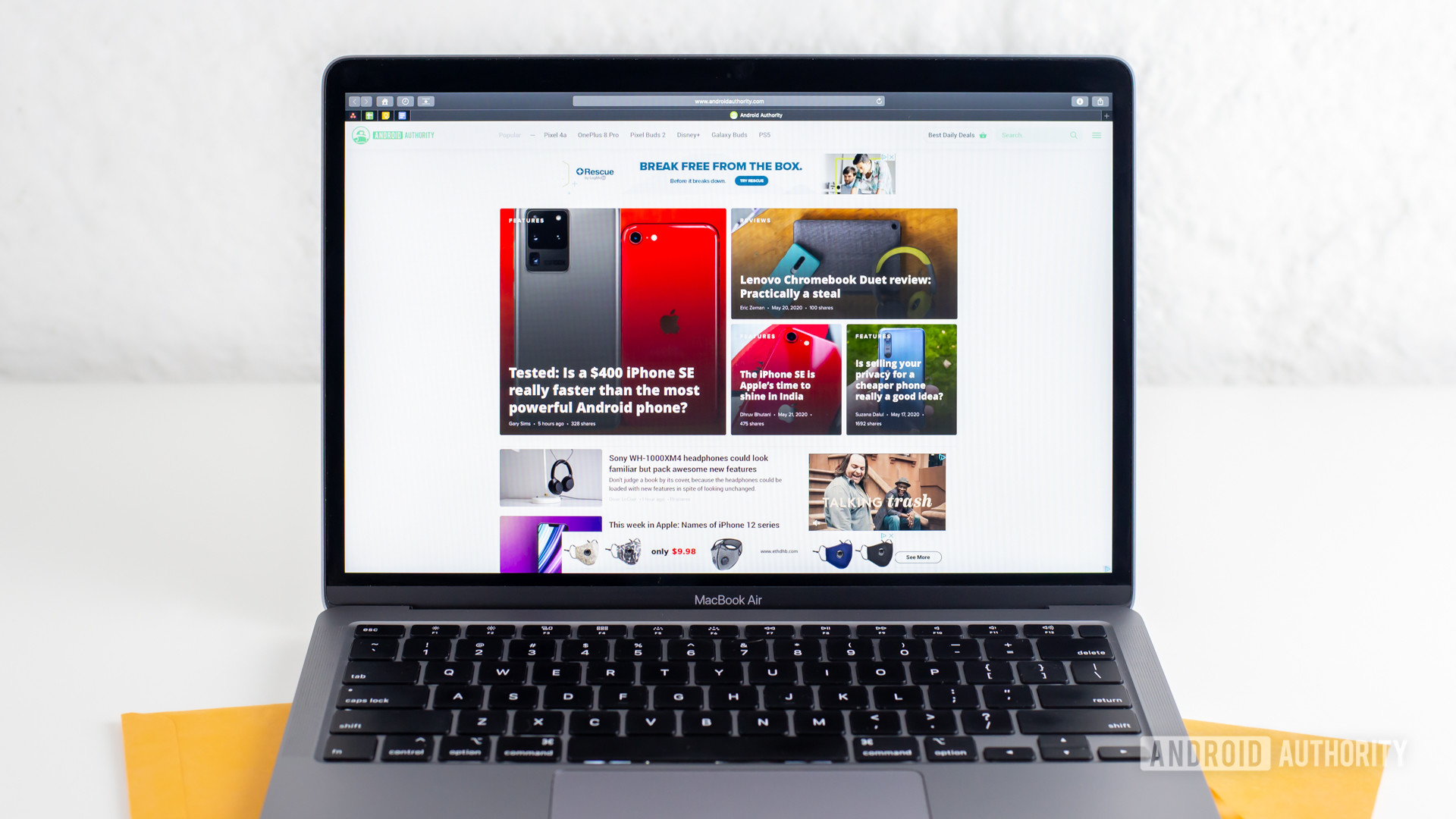
Mobile sites are best on Chrome for Android only when they are appropriately designed. Bad mobile websites are common, and many don’t offer all features available in their desktop counterparts. You can ask Chrome for Android for a desktop site at any time by following the steps below.
How to see the desktop version of a website on Chrome for Android:
- Open Chrome.
- Go to your website of choice.
- Press the three-dot menu button.
- Check the box next to Desktop site.
18. Change the text size on Chrome for Android
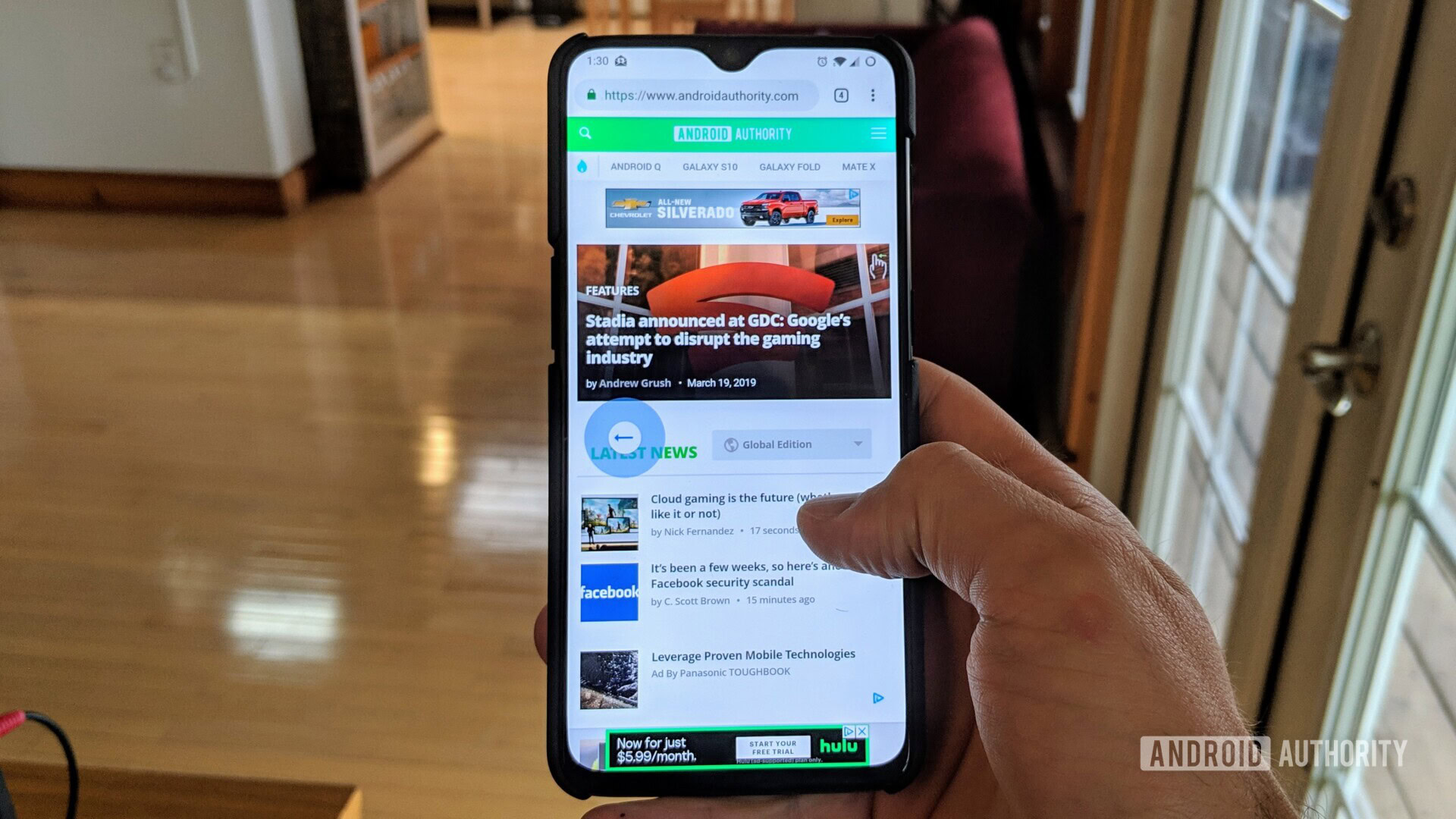
Are you having trouble reading the tiny text? Maybe the text is too big and occupies all your screen space. Here’s how to fix the problem.
How to change the font size on Chrome for Android:
- Open Chrome.
- Tap on the three-dot menu button in the top-right corner.
- Select Settings.
- Hit Accessibility.
- Under Text scaling, drag the swiper left or right to change the font size.
19. Translate any website on Chrome for Android
Chrome for Android has Google Translate integrated, and it can be used on any website written in one of the many supported languages.
How to translate a website:
- Open Chrome.
- Press the three-dot menu button.
- Go to Settings.
- Select Languages.
- Toggle on Offer to send pages in other languages to Google Translate.
- Add your preferred languages.
- Go to any website in another language. You will be asked if you want to have it translated.
20. Use Incognito Mode to browse privately
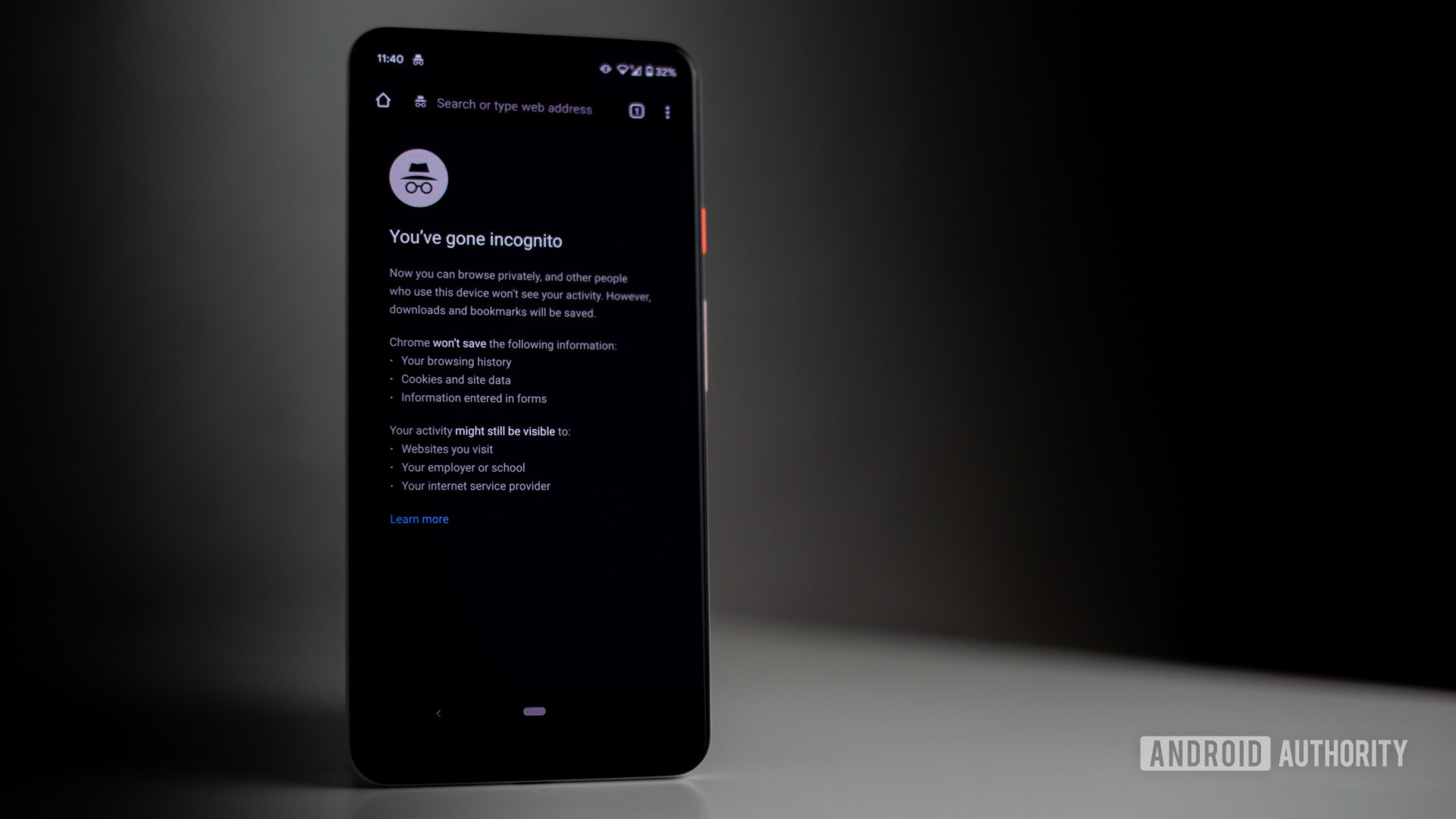
Most people should know what Incognito Mode is, but we thought it was important enough to bring it up just in case. Browsing in Incognito mode will keep your internet activity private. Nothing you do in Incognito mode will be stored in your history or phone.
How to use Incognito Mode on Chrome for Android:
- Open Chrome.
- Tap on the three-dot menu button on the top-right.
- Select New incognito tab.
- Browse away!